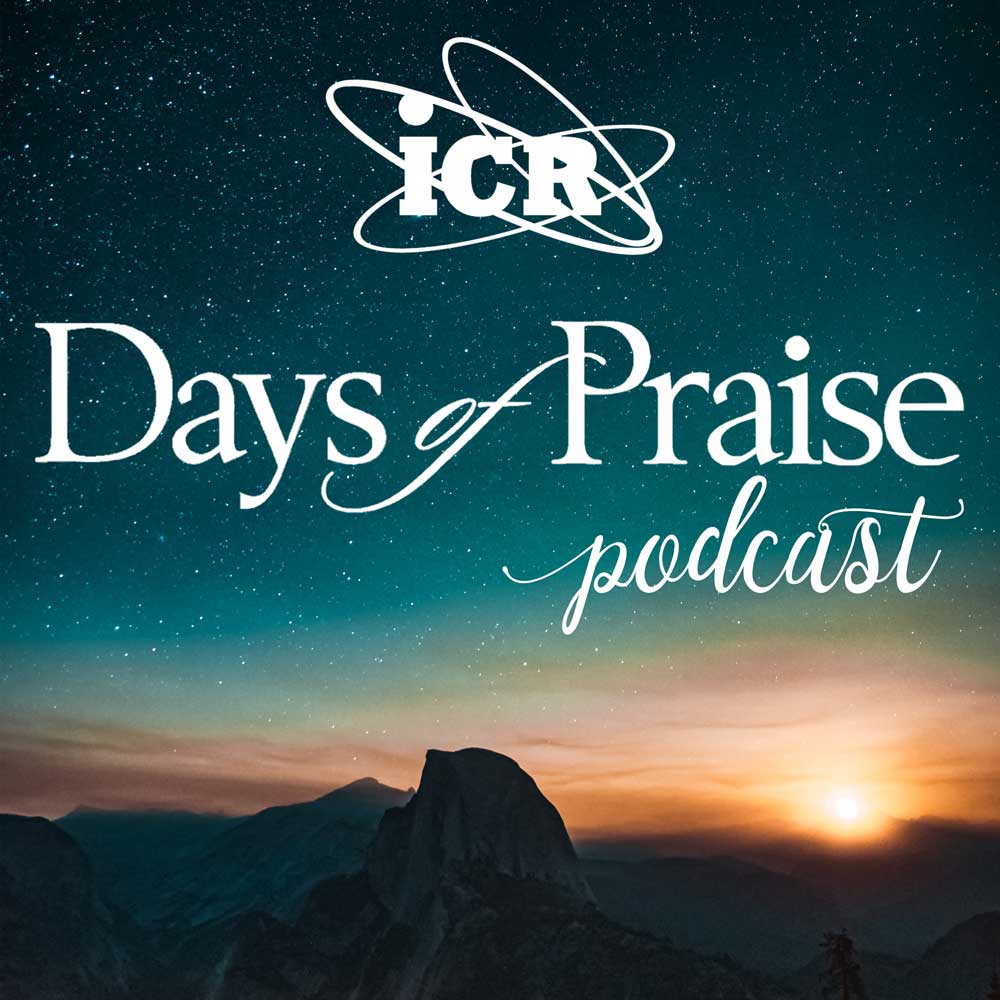“Honour thy father and thy mother: that thy days may be long upon the land which the LORD thy God giveth thee.” (Exodus 20:12)
This is the “first commandment with promise” (Ephesians 6:2) and starts the second set of instructions in Exodus 20 for godly living. While the first four commandments focus on our relationship with God Himself, the last six are designed to protect and enhance our relationship with each other.
Among all human relationships, the family becomes the primary sphere (Genesis 1:26-28; 2:21-25; Ephesians 6:1-2) for learning. Human government and nationality have their place in our relationships between and among each other, but the home is the basic training station (Genesis 18:19; Ephesians 6:4) to establish functional authority.
The home is the place to exercise the discipline that will instill respect for authority (Hebrews 12:5-11). Such discipline may involve corporal punishment (Proverbs 22:15; 23:13-14) or verbal rebuke (1 Thessalonians 2:11-12) or even involve the withholding of reward or privilege (Genesis 49:1-26). Government struggles and society reels when homes are negligent in establishing obedience to rules.
The promise of a long life is based upon children obeying their parents (Proverbs 6:20) and helping their parents as they require care or assistance in their later years (1 Timothy 5:8, 16).
The Lord Jesus submitted Himself to this authority (Luke 2:51). Since He lived a sinless life (Hebrews 4:15), it would follow that He upheld this commandment and honored His earthly parents just as He honored His heavenly Father.
The honor given to parents is even extended to all elderly people (Leviticus 19:32). Would God these instructions were followed by all families. HMM III
 Days of Praise Podcast is a podcast based on the Institute for Creation Research quarterly print devotional, Days of Praise. Start your day with devotional readings written by Dr. Henry Morris, Dr. Henry Morris III, and Dr. John Morris to strengthen and encourage you in your Christian faith.
Days of Praise Podcast is a podcast based on the Institute for Creation Research quarterly print devotional, Days of Praise. Start your day with devotional readings written by Dr. Henry Morris, Dr. Henry Morris III, and Dr. John Morris to strengthen and encourage you in your Christian faith.























